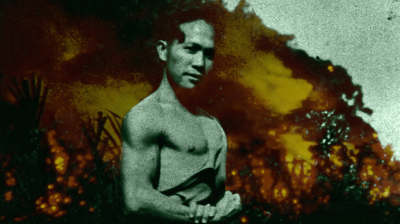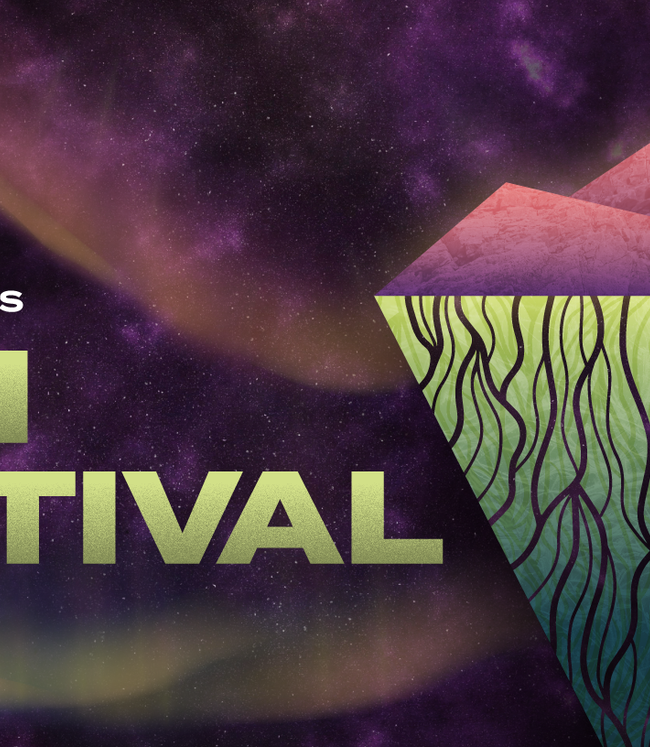CANE FIRE

(Check out Jonathan Marlow’s Cane Fire movie review, it’s playing in limited release including at BAM in Brooklyn starting Friday, May 20. Seen it? Join the conversation with HtN on our Letterboxd Page.).
PREAMBLE [All audiences inevitably develop viewing-preferences over time. A handful of biases are undoubtedly self-determined while others might only become apparent subconsciously. Disinclinations might include: a rejection of imagery-repetition; an aversion for attempts at unifying disparate and disjointed threads; a disdain for the insertion or inclusion of a filmmaker—and/or their family—into the telling, whereby a personal documentary becomes potentially impersonal; so on and so forth. Cane Fire includes each of these supposed non-fictional “cardinal sins” and yet the issues it dissects are far too crucial to be derailed by nominal preferences. Its many angles intersect in an essential threading of divergent perceptions of paradise.]
Kaua’i, the “Garden Isle” and the furthest north of the visit-able chain of so-called Sandwich Islands, has been the setting of numerous films over the history of cinema. Cane Fire shares its title with one of the earliest, photographed in the 1930s by Lois Weber (her lone “talkie”) and believed, like many motion pictures from that era and earlier, to be lost. By all accounts, the proto-Cane Fire—aka White Heat—ends with a spectacular conflagration in a sugarcane field. It is a metaphorical image that the documentary occasionally uses to grand affect. Anyone with familiarity of C&H Sugar and its catchy, island-themed commercial melody—“C&H, pure cane sugar, from Hawai’i, growing in the sun”—are aware of the connection between Kaua’i and the San Francisco Bay Area (with the “C” in C&H for California and the “H” for Hawai’i). Long before the ratification of the fiftieth of the States, there existed a strong bond between the West Coast of the U.S. and these islands in the Pacific.
Admittedly, although we’ve never met, filmmaker Anthony Banua-Simon and I share a handful of biographical overlaps: Pacific Northwest born-and-raised; former fellow ‘Greener [TESC]; a “haole” with a disproportionate interest in the history of Hawai’i (albeit Banua-Simon has familial connections to the islands); affinity, perhaps, for the Millennium (whose song “The Island” plays over the closing credits). More substantially, judging from his film, we are both assuredly pro-union and, seemingly, pro-Hawai’ian independence. It isn’t by chance that much of what most people know of the Hawai’ian islands is wrong, crafted by outsiders. Cane Fire cleverly comes from the perspective of a partial-insider-from-slightly-outside, addressing issues too rarely discussed.
The sugar plantations served as the impetus for Banua-Simon’s great-grandfather to emigrate to Kaua’i from the Philippines. Filipino citizens were amongst a latter wave of work-forces who relocated to the islands, following individuals from Japan, China and elsewhere. The cross-pollination of Asian cultures and Hawai’ian practices merged into something completely unique to the area, evidence of which can be found everywhere throughout the islands. Not unlike Central American “Banana Republics” brought into being by the United Fruit Company as well as related nefarious corporate activities worldwide, it should come as little surprise that the plantation workers were excessively exploited. Various efforts to unionize these employees over those decades are a tale overdue in the telling (and it is a necessary undercurrent here, revisited in various contexts over its not-quite-ninety-minutes).
A diminishing plantation economy begat the tourism economy which has dominated the islands for decades. From the visual anthropology to be found in Hollywood films and television programs set (or at least filmed) in the region over the past one-hundred years, “selling” the exoticism of island-life is a persistent element. These assorted extravagant images have undoubtedly contributed to a massive increase in interlopers (generally white) purchasing properties on the islands, many only residing in those homes for less-than-half of the year. Meanwhile, the extent of commercial development on land considered sacred to indigenous Hawai’ians has only expanded as properties acquired by bygone plantation owners have been transformed or temporarily abandoned (such as the former Coco Palms Resort) for no use whatsoever except to prohibit access. The horrible habits of appropriation from the “mainland” have been exported to the islands, usually—if not entirely—for the worse.
In Cane Fire, as in reality, agriculture gives way to tourism; popular cinema serves its role as inadvertent (or, in some instances, overt) advertisement; indigenous Hawai’ians are displaced. Convincingly edited, all of these assorted threads converge, diverge and then reconverge. There are no easy solutions and Cane Fire doesn’t pretend to suggest any definitive conclusions. If we were to end outside influences, to which Hawai’ian past should it return? Pre-statehood? Pre-plantation economy? Pre-U.S. annexation? Pre-arrival of explorer James Cook? I have my own answer to this question. You probably have an answer as well. Ultimately, though, it should be the people of Hawai’i who determine whatever happens next.
— Jonathan Marlow [@aliasMarlow]
Cane Fire (2020) dir. Anthony Banua-Simon [88min.] Cinema Guild










